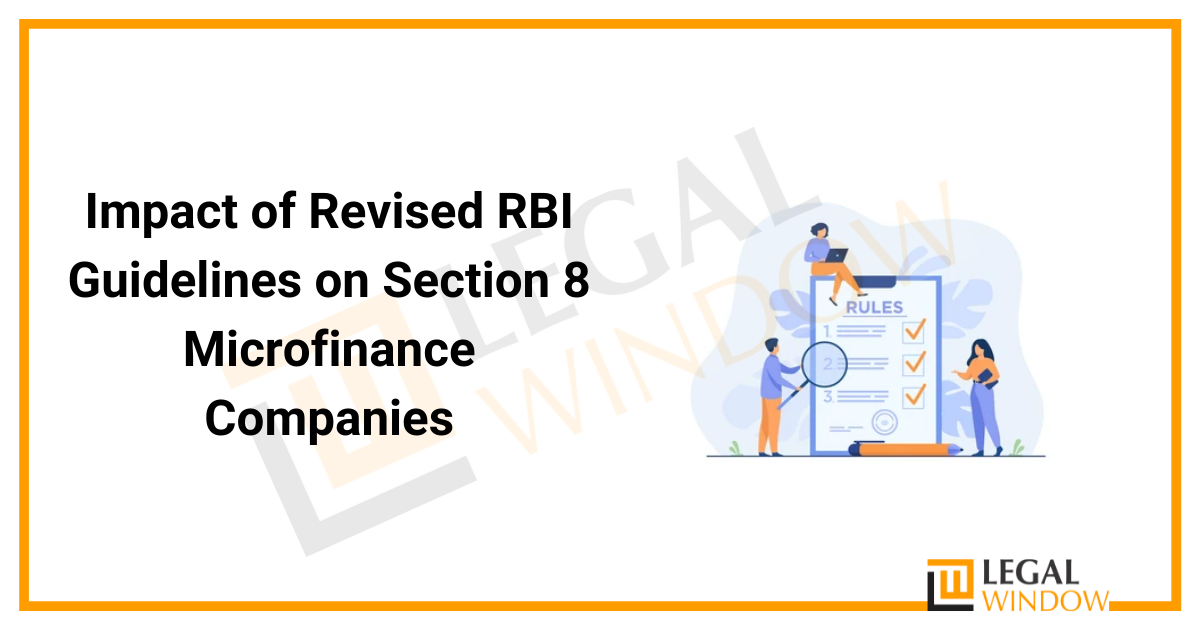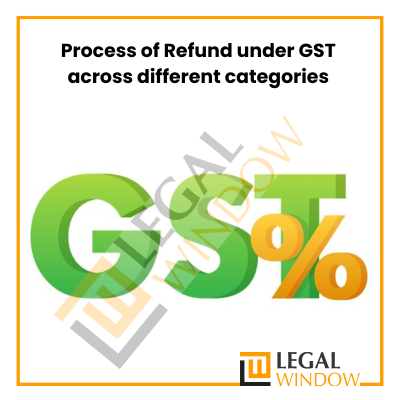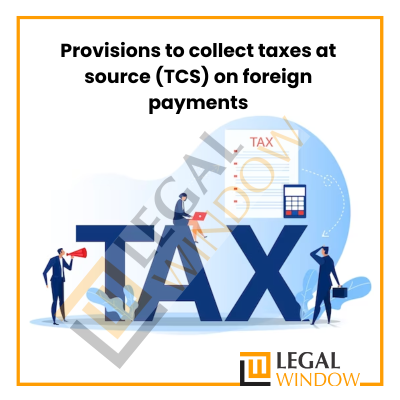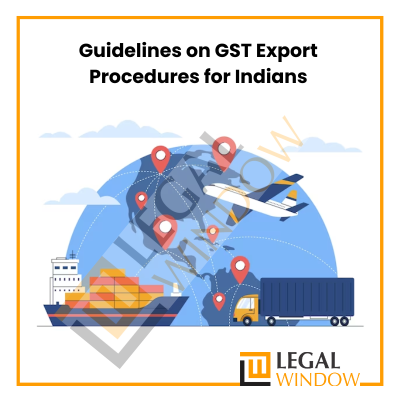Impact of Revised RBI Guidelines on Section 8 Microfinance Companies
- May 17, 2022
- Section 8 Company

When you wish to create a financial business across India without RBI clearance and capital restrictions, registration of microfinance companies under section 8 is the best alternative. Section 8 microfinance companies can be established with microfinance aims for social purposes in order to assist impoverished people in reducing poverty. Under RBI’s master circular RBI/2015-16/15 DNBR (PD) CC.No.052/03.10.119/2015-16, such businesses are excluded from obtaining a licence. The date is July 1, 2015. Section 8 microfinance companies can provide unsecured loans, such as personal loans, group loans, household loans, and so on, at interest rates set by the RBI (currently it is 26 percent p.a.). The major goal of the section 8 microfinance company is to eliminate poverty in the country; therefore it makes loans easier by eliminating unnecessary paperwork and procedures. In article we’ll discuss RBI Guidelines on Section 8 Microfinance Companies
Before we shall move on Impact of Revised RBI Guidelines on Section 8 Microfinance Companies, we should discuss about Section 8 Microfinance Companies.
Section 8 Microfinance Companies
Micro finance companies are financial businesses that offer small-scale financial services such as loans, credit, or deposits. These companies were created to simplify the credit system for small enterprises, which are unable to obtain a loan from banks owing to their complicated process. As a result, it is usually referred to as a Micro-credit, Micro-benefit Company. They make modest loans to a variety of small companies and people that do not have access to regular banking channels or loan eligibility.
They provide minor loans of less than Rs.50, 000 in rural regions and Rs.125, 000 in metropolitan areas. The Section-8 Company is the easiest way to form a Micro Finance Company in India as per Ministry of Corporate Affairs. Without collecting any additional fees or ensuring security. It can make loans at low interest rates as recommended by the RBI and the central government. They provide significant assistance to all aspects of rural and agricultural development, including revenue and job generation.
Want to get your Company registered? Get your Section 8 Company registered through Legal Window. We also register the companies such as, Nidhi Company, One Person Company, Producer and NBFC Company.
In India, there are two types of microfinance companies: those that must be registered with the RBI and those that are not. The former is registered as a Section 8 company and does not require RBI clearance.
Objectives of Section 8 Microfinance Companies
The following are the major goals of Microfinance Company:
- To provide low-income persons with the opportunity to become self-sufficient.
- Provide banking services for tiny sums of money.
- To give financial help to those who work in various occupations such as transportation, fishing, carpentry, and so on.
- Provide financial help to small businesses that cannot afford collateral.
- Increase women’s engagement in creating sustainable income.
- Make great healthcare available.
- Increase and diversify low-income persons’ sources of income while also providing chances for self-employment.
Working of Section 8 Microfinance Companies
The following are ways which tells us about the working of Section 8 Microfinance Companies:
- Microfinance is a banking service that is given to jobless or low-income people or organisations that would not otherwise have access to financial services.
- It enables people to take out appropriate small business loans safely and in accordance with ethical lending principles.
- Micro financiers, like traditional lenders, levy interest on loans and impose specified repayment arrangements.
- People seeking assistance from microfinance institutions are sometimes asked to first complete a basic money-management lesson.
- Lessons encompass comprehending interest rates, cash flow, how financing agreements and savings accounts function, budgeting, and debt management.
Important Features of Section-8 Micro Finance Company
The following are the feature of Section 8 Microfinance Companies:
- There is no need for RBI permission.
- There is no requirement for a minimum capital of Rs. 5 cores.
- Minimum Requirements
- Can provide an Rs.50, 000 unsecured loans to a small business.
- Can provide a loan for a primary house of up to Rs.1.25 lakh.
- Section-8 companies must adhere to the RBI’s interest rate and processing charge rules.
- It is a legitimate financing company, and you may sue the defaulter if the loan is not paid back.
- Finance operations in India are limited to Non-Banking Finance Companies (NBFC) and are controlled by the Reserve Bank of India (RBI). NBFCs must register with the RBI and follow the RBI’s rules. However, the Reserve Bank of India (RBI) has granted various corporate formations limited permission to engage in finance operations.
The Reserve Bank of India exempted all Section 8 Companies engaging in microfinance operations in its master circular RBI/2015-16/15 DNBR (PD) CC.No.052/03.10.119/2015-16 dated July 1, 2015.
Sections 45-IA, 45-IB, and 45-IC of the Reserve Bank of India Act, 1934 (2 of 1934) shall not apply to any non-banking financial business engaging in the following activities, according to Paragraph 2 (iii):
- Engaged in microfinance activities, giving credit not exceeding Rs. 50,000 for a business venture and Rs. 1,25,000 to any poor individual to enable him to enhance his level of income and standard of living; and
- Licensed in accordance with Section 8 of the Companies Act, 2013; and
- Not taking public deposits, as indicated in Notification No. 118 /DG (SPT)-98, issued January 31, 1998.
Section 8 Micro Finance Company Loan Limits
The following are the Loan Limits by Section 8 Microfinance Companies:
- Borrowers having a yearly household income of less than Rs. 1, 00,000 in rural areas or less than Rs. 1, 60,000 in urban and semi-urban areas would be eligible.
- The loan amount will be limited to Rs. 60,000 in the first cycle and Rs. 1,000,000 in future cycles.
- The borrower’s total debt will not exceed Rs. 100,000.
- For loans in excess of Rs. 30,000, the loan term cannot be less than 24 months, with no penalty for early repayment.
- The loan will be given with no collateral.
- The total amount of loans issued for income creation is at least 50% of the total amount of loans given by the MFIS.
- The loan can be repaid in weekly, biweekly, or monthly instalments, depending on the borrower’s preference.
Advantages of Section-8 Microfinance Company
The Government of India and the Reserve Bank of India have built a favourable policy environment for Microfinance Institutions (MFIs) to give the industry with the required legitimacy and drive. The following are the advantages of starting a microfinance business:
- Make funding available.
- Encourage self-sufficiency and business ownership.
- Its overall loan payback rate is higher than that of standard banking products.
- Strengthen your financial status for a few days till things improve.
- Emergency loans, consumer loans, business loans, working capital loans, housing, and other forms of credit assistance are available to this demographic.
Impact of Revised RBI Guidelines on Section 8 Microfinance Companies
The revised definition of microfinance loans for ‘not for profit’ companies (registered under Section 8 of the Companies Act, 2013) now includes collateral-free loans to households with annual household income up to INR 3,00,000, provided the monthly loan obligations of a household do not exceed 50% of the monthly household income.
According to the interpretation, the loan amount to clients covered by section 8 microfinance companies can be extended up to INR 2,40,000/-. On microfinance loans, interest rates and other charges/fees should not be excessively high. The Reserve Bank will conduct a supervisory examination of them. Also said that each borrower would receive one loan card from the lender, which will include all loan details such as loan amount, rate of interest, processing costs, penalty, and so on.
If the asset size of a Section 8 microfinance company grows to more than 100 crore, the company must apply for conversion to NBFC-MFI within three months. There will be no need to convert the non-profit organisation to a profit organisation. In brief, the RBI is supporting microfinance while also being worried about Section 8 Microfinance companies, with “Casper Micro Credit” being the most prominent example.
The RBI has given Section 8 microfinance companies recognition to provide microfinance or loans to the needy for their upliftment. It was a new paradigm with enormous promise, and it was extremely supportive of its development.
Role of Section 8 Microfinance Companies in assisting Poor Households and Business
- Microfinance assists low-income families in stabilising their revenue streams and saving for future needs. Microfinance helps families and small companies succeed in good times, and it may also help them cope and rebuild in bad ones.
- Because many micro, small, and medium-sized companies (MSMEs) are headed and controlled by women, improving their financial alternatives would benefit women’s livelihoods and earnings.
- Microfinance programmes are assisting rural women in achieving financial independence and empowering them to make wise choices.
- Small companies in remote communities require funding to keep their operations running, invest in technology, and expand. More funding facilitates corporate expansion and the creation of new employment.
 Endnote
Endnote
We need to have trust in microfinance when we launch a microfinance company through an NBFC. Though there are obstacles, these can be solved by building one’s own market. Companies who do not comply with the NBFC-MFI requirements must submit a board-approved plan with a roadmap to satisfy the stipulated regulations, along with an application for registration, according to the RBI. The central bank has deregulated NBFC-MFI lending rates in order to put them in line with all other microfinance lenders.
Feel free to connect with our experts and get the best advices in relation with ITR’s, GST Returns, Annual Compliances and many more.
CS Urvashi Jain is an associate member of the Institute of Company Secretaries of India. Her expertise, inter-alia, is in regulatory approvals, licenses, registrations for any organization set up in India. She posse’s good exposure to compliance management system, legal due diligence, drafting and vetting of various legal agreements. She has good command in drafting manuals, blogs, guides, interpretations and providing opinions on the different core areas of companies act, intellectual properties and taxation.
Categories
- Agreement Drafting (23)
- Annual Compliance (11)
- Change in Business (36)
- Company Law (146)
- Compliance (88)
- Digital Banking (3)
- Drug License (3)
- FEMA (17)
- Finance Company (42)
- Foreign Taxation (6)
- FSSAI License/Registration (14)
- GST (115)
- Hallmark Registration (1)
- Income Tax (199)
- Latest News (34)
- Miscellaneous (164)
- NBFC Registration (8)
- NGO (14)
- SEBI Registration (6)
- Section 8 Company (7)
- Start and manage a business (20)
- Startup/ Registration (126)
- Trademark Registration/IPR (40)
Recent Posts
- Guidelines of GST on Hotel, Restaurant & Outdoor Catering Services April 16, 2024
- Copyright Law and Artificial Intelligence April 16, 2024
- Understanding Trademark Objection under Section 11 April 15, 2024
About us
LegalWindow.in is a professional technology driven platform of multidisciplined experts like CA/CS/Lawyers spanning with an aim to provide concrete solution to individuals, start-ups and other business organisation by maximising their growth at an affordable cost.








